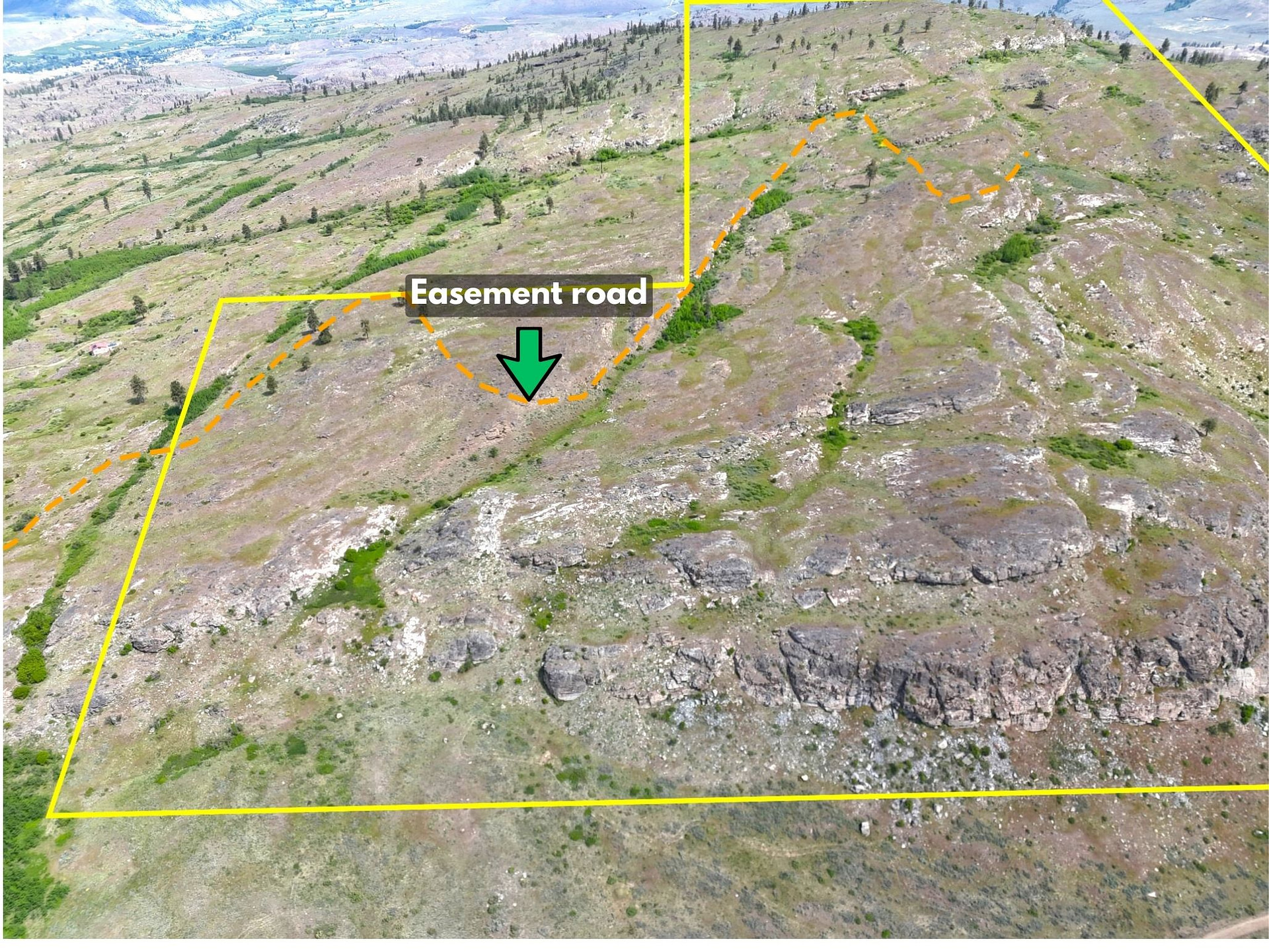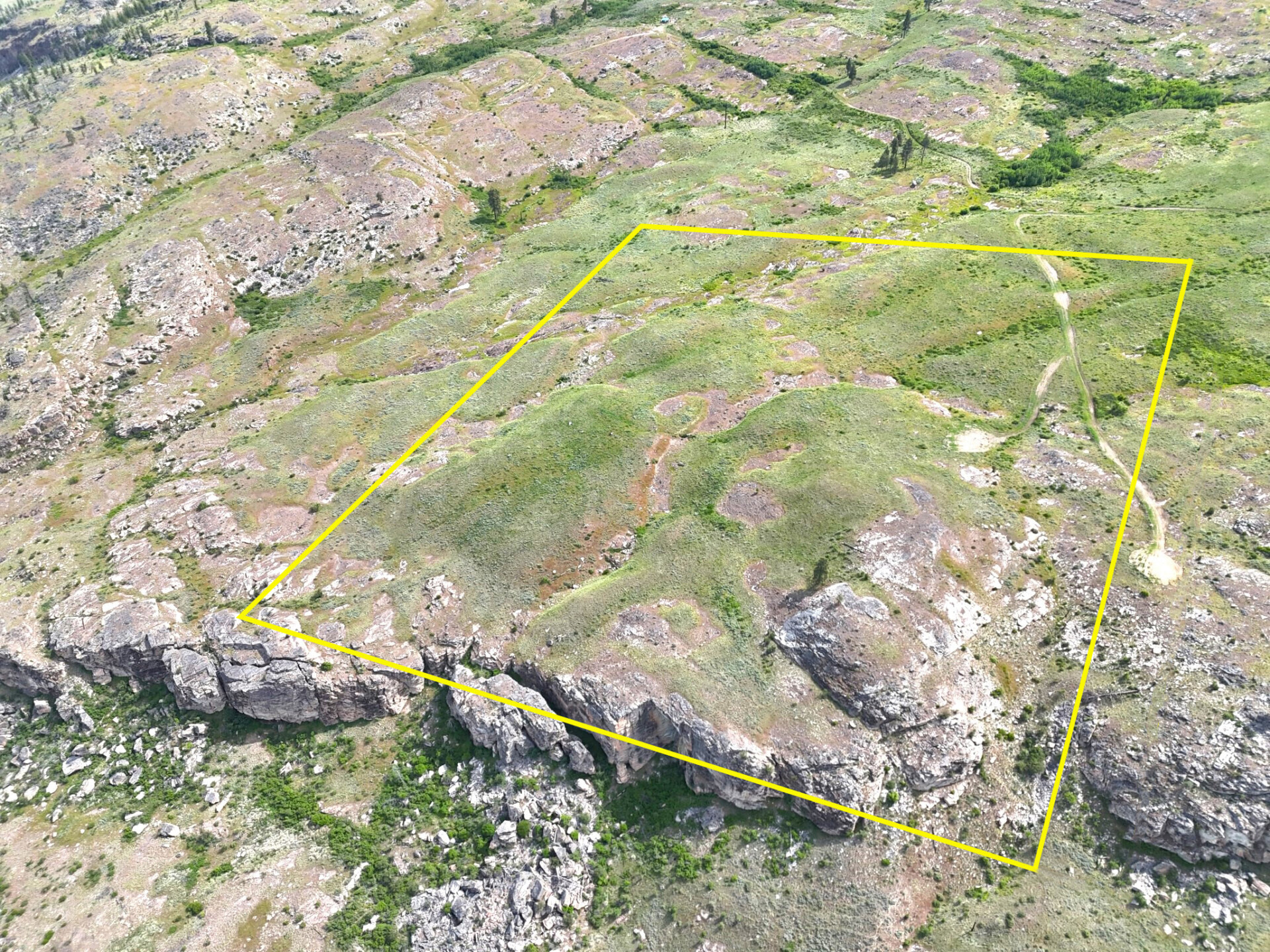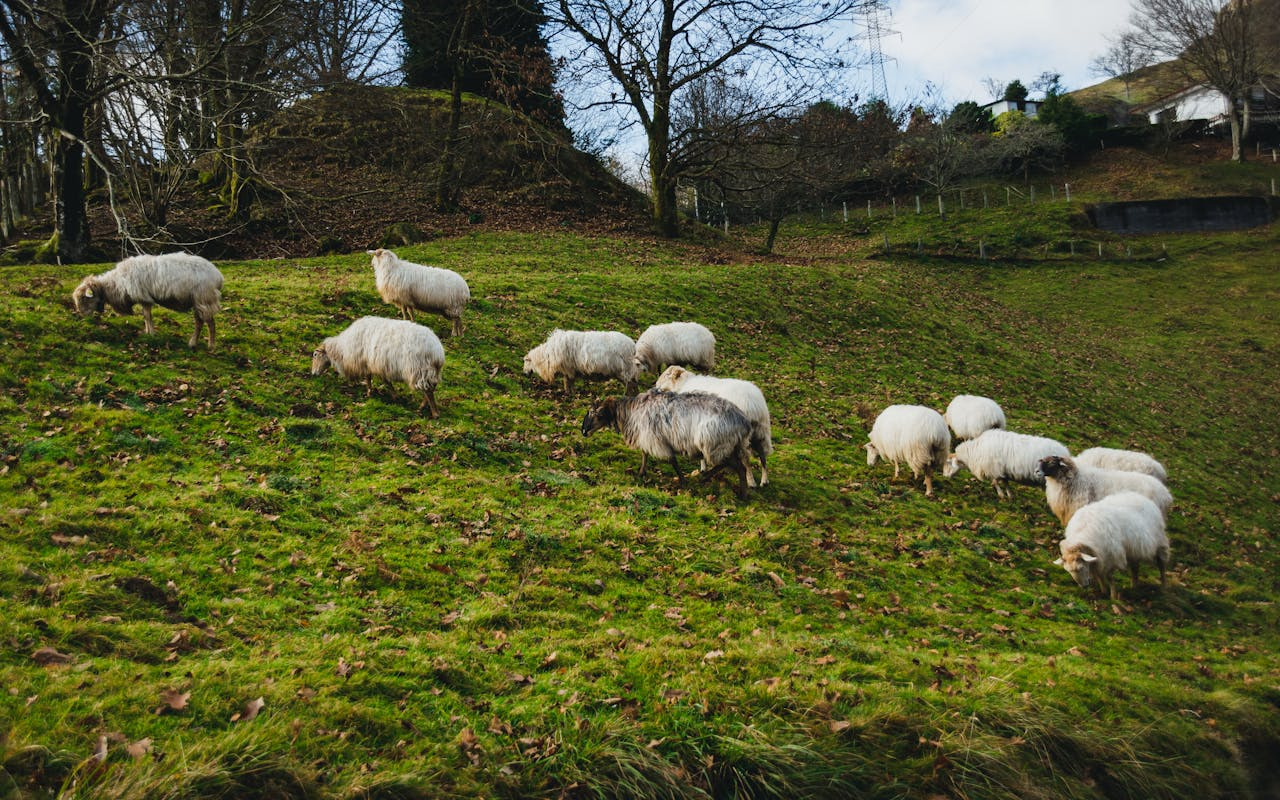Ranching in Washington: Make Money Leasing Land for Ranching
Investing in undeveloped land for agriculture is like planting a seed and watching it grow into a fruitful tree.
In Washington state, leasing land for ranching is an effective way to generate passive income, especially with the growing demand from herds that require ample grazing space.
Here is some of the best land for sale in Washington State
Raising cattle is a primary activity for many ranchers leasing land in Washington. Cattle ranching is particularly well-suited to the state’s vast grazing spaces and favorable climate. The presence of cattle not only ensures a consistent source of passive income through leasing arrangements but also contributes to the land’s ecological health by facilitating sustainable grazing practices.
This approach appeals to potential land buyers seeking to diversify their investments while supporting local agricultural initiatives.

Why Lease Land for Ranching in Washington State
Washington offers a rich agricultural tradition and diverse landscapes that are perfect for agriculture and ranching. Leasing land for ranching, coupled with effective cattle management, can provide you with a steady, low-maintenance, and eco-friendly income stream.
Moreover, the state’s strong agricultural community and supportive local policies make it easier than ever to enter this market confidently.
Benefits of Lease Income
Leasing your land to cattle ranchers offers landowners a steady, low-maintenance income stream. This can help diversify your investment portfolio and maximize returns on unused property.
Besides generating revenue, leasing for ranching can enhance the land’s value through sustainable grazing practices and soil improvement. This dual benefit makes it a compelling option for potential buyers.
Moreover, entering Washington’s ranching market grants access to a robust agricultural community. This support network can provide both resources and potential tenants, ensuring your investment thrives. By making strategic property improvements, such as sturdy fencing and water access, you can attract higher-paying lessees and optimize your land’s earning potential.
Market Demand in Washington State
Washington’s diverse geography and favorable climate make it an ideal location for ranchers looking to graze livestock, and this has driven demand for leasing land.
The state’s economy significantly benefits from its strong agricultural sector.
Given the high demand for grazing land, there is substantial opportunity for landowners to generate a stream of income by leasing their properties. Cattle ranchers are consistently looking for suitable pastures to support their livestock grazing needs.
The increased land accessibility for ranching in Washington opens the door to a burgeoning market of prospective lessees. By offering well-maintained properties enhanced with essential features, such as dependable fencing and reliable water sources, landowners can effectively tap into this lucrative demand, ensuring both profitability and sustainable land use.
Finding the Right Ranching Property in Washington
Identifying an optimal ranching property in Washington requires understanding the geographical variations and unique features of different regions. Key considerations include soil quality, water availability, and access to livestock markets.
Prospective landowners should also evaluate the proximity to essential services and infrastructure to attract experienced ranchers. Necessary resources include water sources, feed suppliers, veterinary services, and transportation routes.
Convenient access to these resources ensures that ranchers can efficiently manage their herds, maintain livestock health, and reduce operational costs, making your land a more attractive option for leasing.

Location and Accessibility
Location and accessibility are crucial factors when selecting land for ranching investments.
Washington state offers diverse landscapes, from the arid regions in the east to the lush, verdant valleys in the west.
Depending on your targeted livestock, the location can significantly impact both grazing conditions and overall productivity.
Accessibility is equally important to prospective lessees who will need convenient transportation routes to move livestock and supplies. Landowners should consider proximity to major highways, towns, and livestock auction centers to increase the attractiveness of their property.
Moreover, ensure access to essential utilities like water and electricity, which can considerably boost your land’s marketability. Providing easy access points for vehicles and necessary ranching equipment is also advisable.
Ultimately, choosing a strategically located property with excellent accessibility will make your land significantly more appealing to ranchers looking to lease.






